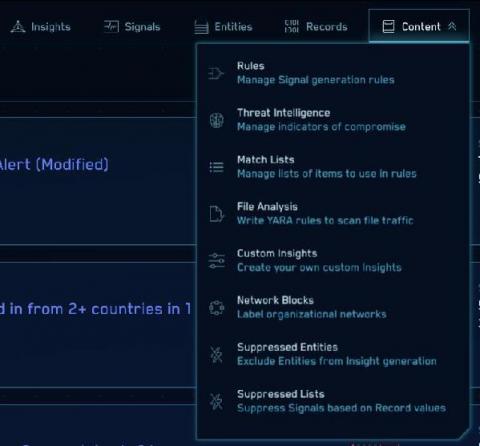Sunburst - what you need to know in order to detect and respond, in simple terms
The cyber attack unfolding in the US may turn out to be the most serious nation-state espionage campaign in history The Bulletproof SOC is actively monitoring the situation regarding SolarWinds and the Sunburst attack as with all new attacks. We do this to ensure we have a clear understanding of the potential threat to our customers and to build better innovative detection mechanisms, maintaining a prime position to support our customers as a true extension to their team.











